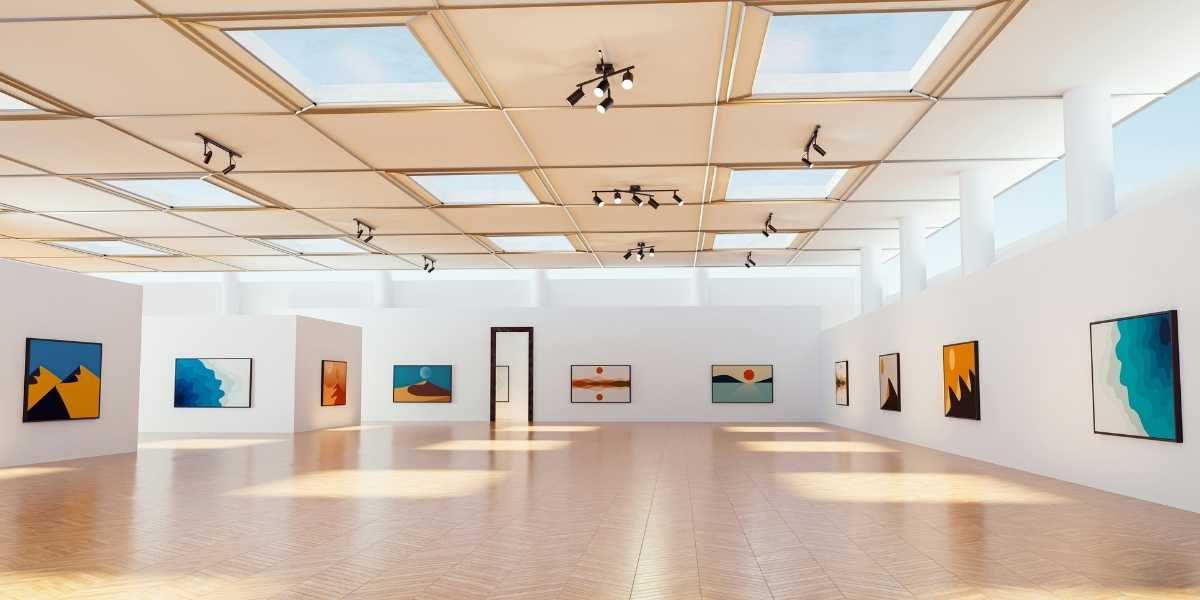In recent years, a wave of ultra-contemporary artists has redefined the boundaries of creativity. These artists are reshaping the art world with innovative approaches to traditional mediums, groundbreaking concepts, and reflections of today’s social and cultural landscapes. Their work resonates deeply with a global audience, making them essential figures to watch. Understanding their contributions offers a glimpse into the future of art and its role in contemporary society.
Read Also: How to Plan a Memorable Micro Wedding on a Budget
What Defines an Ultra-Contemporary Artist?
Ultra-contemporary artists are individuals whose careers have gained momentum within the last decade. Their work often reflects the current zeitgeist, addressing themes like identity, technology, and environmental issues. They embrace a variety of mediums, from painting and sculpture to digital installations and performance art.
A defining characteristic of these artists is their ability to challenge established norms. They prioritize experimentation, pushing the boundaries of their chosen mediums to create fresh, thought-provoking works. Their pieces often spark conversations about the evolving role of art in society, serving as both a reflection and critique of the modern world.
The globalized nature of today’s art market has further amplified the reach of ultra-contemporary creators. With social media platforms like Instagram and TikTok, they connect directly with audiences, bypassing traditional gatekeepers such as galleries or museums. This accessibility not only broadens their influence but also democratizes the art world, giving rise to diverse voices that were historically underrepresented.
How Do Ultra-Contemporary Artists Innovate in Their Mediums?
One of the most exciting aspects of ultra-contemporary art is the innovative use of materials and technology. Artists like Refik Anadol have gained recognition for their immersive digital installations, blending data and artificial intelligence to create mesmerizing experiences. His works explore the intersection of technology and emotion, redefining how art can interact with its audience.
Another example is Cecilia Vicuña, whose installations incorporate natural and recycled materials. Her art highlights pressing environmental concerns, urging viewers to reconsider their relationship with nature. By transforming seemingly ordinary objects into profound statements, she demonstrates how contemporary art can inspire change.
Performance art has also seen a resurgence. Artists like Tino Sehgal challenge traditional gallery spaces by incorporating live performers into their exhibitions. His works often blur the lines between artist, performer, and audience, creating experiences that are as thought-provoking as they are ephemeral.
The rise of NFTs (Non-Fungible Tokens) has further expanded the definition of what constitutes art. Digital artists like Beeple have achieved unprecedented success by leveraging blockchain technology to sell their creations. While this medium remains polarizing, it underscores the willingness of ultra-contemporary artists to experiment with cutting-edge tools.
Why Are Ultra-Contemporary Artists Important to Cultural Conversations?
Ultra-contemporary artists often address themes that resonate with today’s social and political climate. Their work serves as a mirror to society, highlighting issues that demand attention and dialogue. For instance, Kehinde Wiley, known for his vibrant portraits of Black individuals, challenges traditional narratives of art history by reimagining classical works with modern subjects. His paintings are not just visually stunning but also deeply symbolic, shedding light on issues of representation and identity.
Similarly, Toyin Ojih Odutola uses drawing and painting to explore personal and cultural histories. Her richly textured works delve into themes of race, gender, and familial ties, inviting viewers to engage with layered narratives that challenge preconceived notions.
The focus on cultural and environmental issues has become a hallmark of ultra-contemporary art. Artists like Zaria Forman, whose hyper-realistic pastel drawings capture the effects of climate change on polar regions, use their platforms to raise awareness about urgent global challenges. These works transcend the traditional boundaries of art, functioning as tools for education and activism.
The accessibility of these artists, bolstered by social media and online exhibitions, allows them to connect with audiences on a deeper level. Their willingness to tackle difficult subjects makes their work more than just aesthetic; it becomes a vehicle for meaningful conversations that resonate globally.
How Are These Artists Redefining the Art Market?
The rise of ultra-contemporary artists has brought significant changes to the art market. Traditional galleries and auction houses are increasingly showcasing the work of emerging creators, reflecting a growing demand for fresh perspectives. The popularity of art fairs like Art Basel and platforms like Artsy has also elevated these artists, offering them exposure to collectors and institutions worldwide.
Social media plays a pivotal role in this transformation. Platforms like Instagram allow artists to build their own brands, connect with collectors, and even sell their work directly. This shift disrupts the conventional reliance on galleries and curators, giving artists greater autonomy over their careers.
The market’s interest in ultra-contemporary art is also driven by its ability to reflect the current cultural moment. Collectors and investors are drawn to works that feel relevant and timely, often prioritizing pieces that address pressing issues or incorporate innovative techniques. This demand has led to record-breaking sales for many ultra-contemporary artists, further solidifying their impact on the global art scene.
Why Should You Follow Ultra-Contemporary Artists?
Exploring the work of ultra-contemporary artists offers a window into the evolving nature of art and its role in society. These creators challenge viewers to think critically about the world around them, using their work as a platform for reflection and dialogue. Their bold experimentation with mediums and themes ensures that their contributions will influence future generations of artists.
Read Also: Practical Stress Relief Techniques for Women’s Mental Wellness
By following these artists, you not only gain insight into the cutting edge of creativity but also engage with cultural movements that shape our collective experience. Their work reminds us that art is not just a reflection of society—it is a force that can inspire change.








